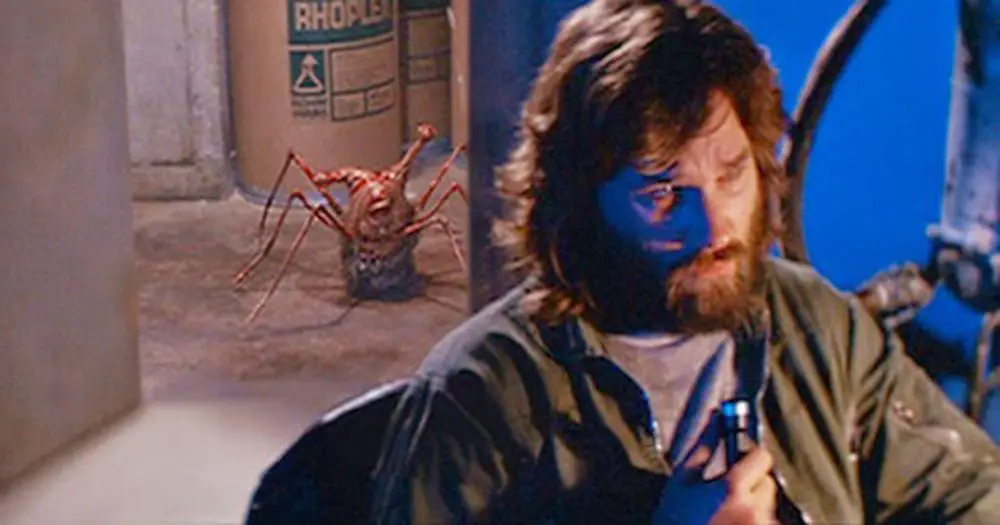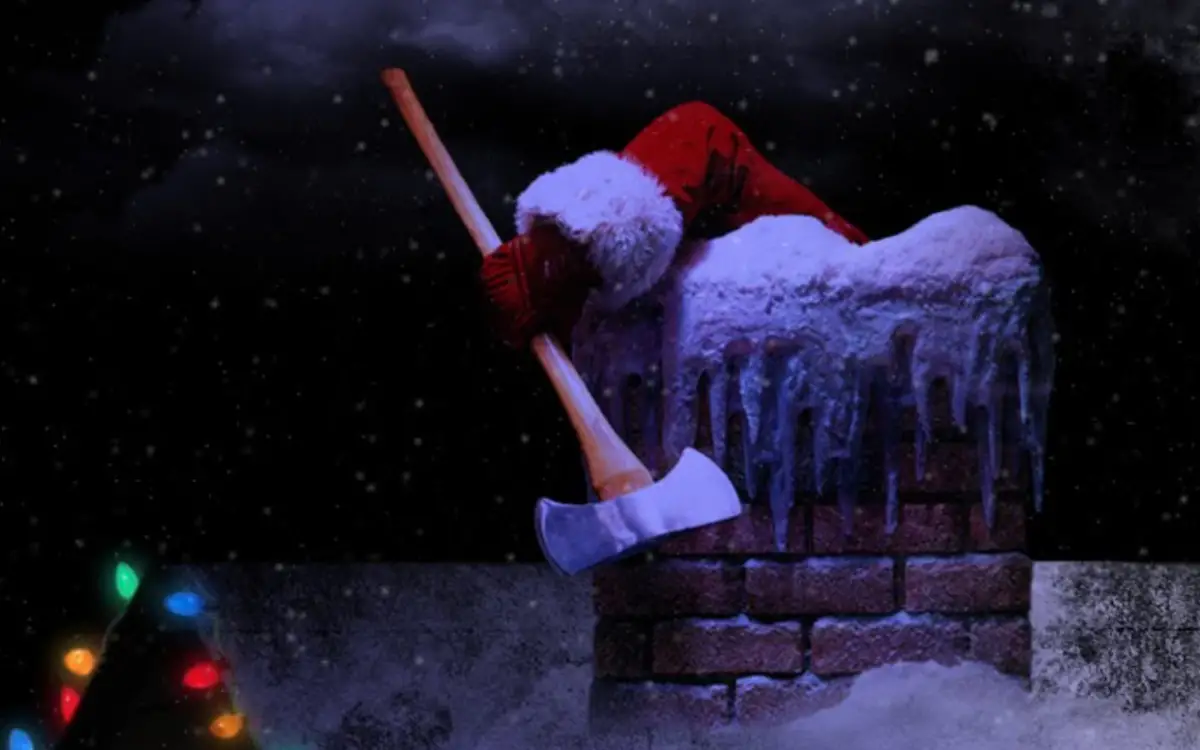Why Practical Effects Will Never Truly Go Out of Fashion

At every point in a horror fans life, we ask ourselves if the CGI sucks that bad or if we simply prefer practical FX.
Many of us began our journeys into the realm of gore via the 1960’s through the 1980’s. We were watching eyeball popping, torso bursting, creature killing, practical FX. Anytime CGI arose, it was very distinct and was generally represented as lighting effects, or it was incorporated into other-worldly flicks through effects such as “transporting”.
Quite frankly, I’m really only raising this discussion because I was recently talking to a friend of mine who has worked in special FX. I was telling him that I’ve always loved make-up and practical FX so much that I was thinking about taking the plunge into professional FX courses. Without even giving it a blink he said “don’t bother because everything is CGI now”. At first I thought that maybe he was being negative, but since he’d spent years in the industry, of course he’d know.
Ever since that conversation I’ve paid extra close attention to both the CGI and practical FX in the films that I watch.
As I write this, I’ve had to remove myself from my own biased opinion. I’ve had to take a more observational standpoint.
There’s no hiding the fact that many of us horror aficionados can quickly become elitist within our own personal preferences. The CGI conversation also feels very fitting for the times, considering the impact that AI is currently having on the art world. Will CGI inevitably dominate cinema? Will AI replace more traditional artists?
These are difficult questions to answer, but one may speculate that authenticity will always reign Supreme.
The Thing with Kurt Russell will always be considered amidst horror cinema royalty and CGI will not change that. For any boost in popularity any given thing can find, there will always be an opposing subculture. In my personal opinion, even if CGI and AI continue dominating these creative realms, there will be artists fighting to keep practical FX and “hands-on” art purposeful.
We can safely ask ourselves if we have issues with where we’re going because it shouldn’t be going there, or if we have issues with accepting change because it’s semi-unfamiliar. Horror will always evolve and it’ll always be a merry-go-round. When you think about it, this is also the best time to dive deeper into the rabbit hole of cinema.
When you visit the movie theater and all they’re showing are remakes and awful CGI, you can get bitter, or you can get hungrier for more authentic Horror.
CGI will never contend with the changing scene from American Werewolf in London, it’ll never contend with the carefully sculpted beauty of Pumpkinhead or so many others. CGI seems to work out just fine for those who enjoy jumpscares, and I personally don’t mind it as long as it’s not half-ass, overdone, or always misused.
Practical FX are the legacy of horror and though yes, there is an obvious job shortage there, we will never, ever, let our legacy disappear.
Post Views:
2






